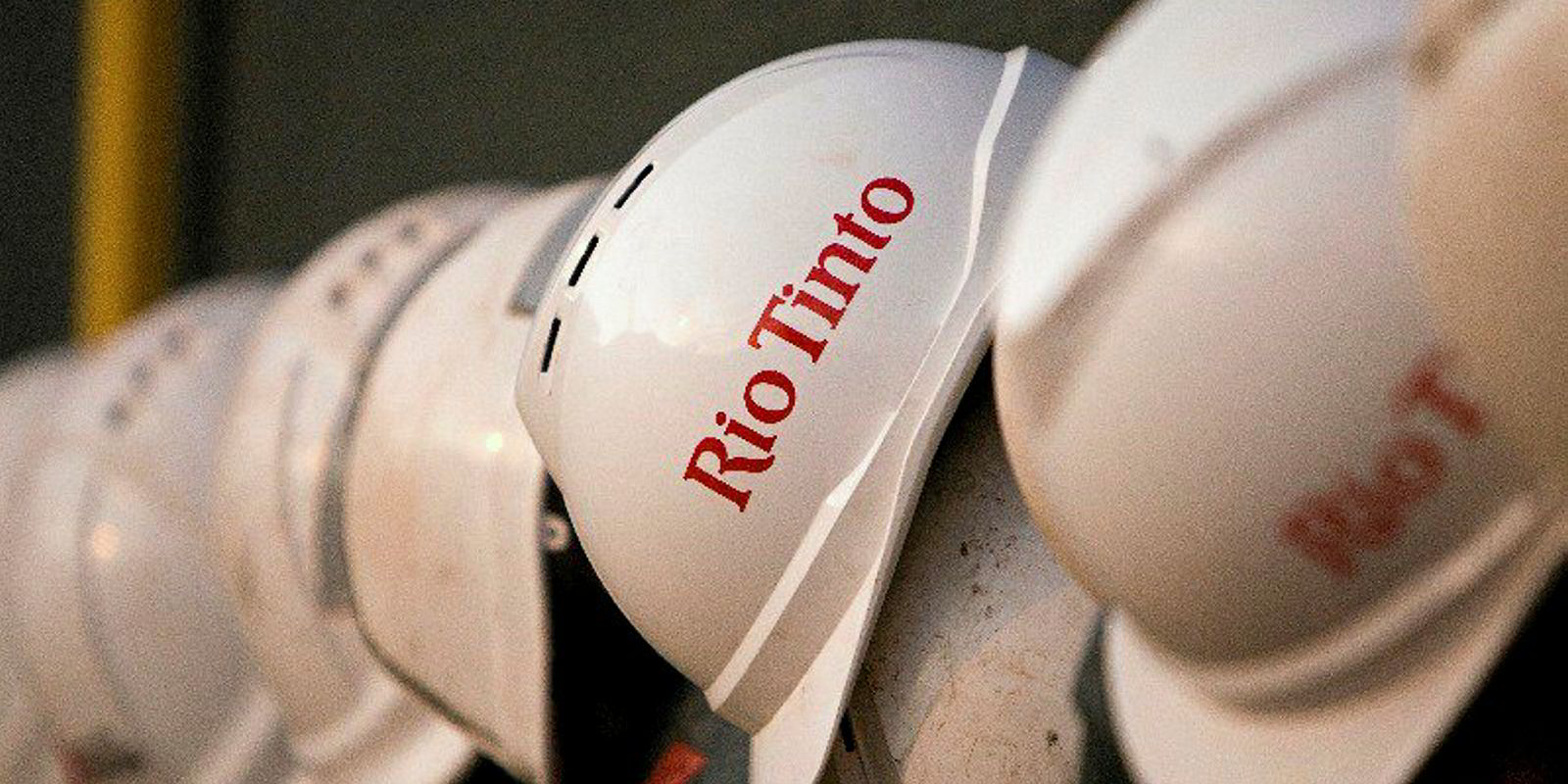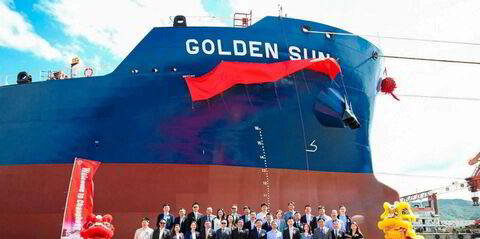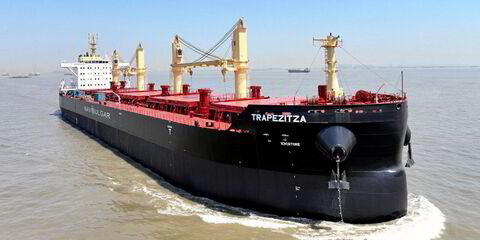Rio Tinto shipped 14% less iron ore in the first quarter of 2019 due to a series of cyclones and has cut its 2019 guidance.
Pilbara iron ore shipments reached 69.1mt in the first three months of 2019 versus the 71.4mt shipped this time last year.
Rio Tinto said production was “significantly impacted” by the weather disruptions in March and a fire at Cape Lambert A in January.
Last month Tropical Cyclone Veronica closed the Port of Port Hedland for 92.5 hours, the Port of Dampier for 132 hours and the Port of Ashburton for 109.5 hours.
Cape Lambert A is an iron ore terminal capable of loading more than 85mt a year.
The Australian mining giant added that these events will have an impact on its second quarter performance, but gave few other details.
“Our iron ore business faced several challenges at the start of this year, particularly from tropical cyclones,” said Rio Tinto chief executive J-S Jacques.
Following the continuing assessment of damage at the port resulting from the cyclones and other minor disruptions, 2019 guidance for Pilbara shipments is reduced to between 333mt to 343mt – down from 338mt to 350mt
Jacques described the quarterly operational performance in Rio Tinto’s other products as “solid” and generally higher than last year.
“Our focus remains on safety, delivering our ‘value over volume’ strategy and allocating capital with discipline, to continue delivering superior returns to our shareholders in the short, medium and long term,” he added.
Separately , Rio Tinto said commissioning of its Amrun bauxite mine was completed in March 2019, with the project delivered under budget and ahead of schedule.
“Bauxite production of 12.8mt in the quarter was 1% higher than the same period of 2018, despite several weather events throughout the quarter significantly impacting production at the Amrun, Weipa and Gove mines,” it said.




